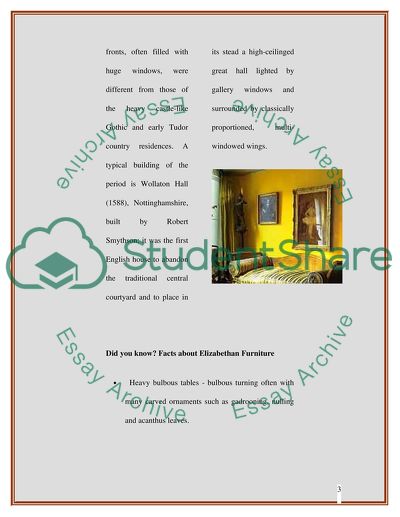Cite this document
(Dining Room in Authentic Elizabethan Style Assignment, n.d.)
Dining Room in Authentic Elizabethan Style Assignment. Retrieved from https://studentshare.org/architecture/1516737-dining-room-in-authentic-elizabethan-style
Dining Room in Authentic Elizabethan Style Assignment. Retrieved from https://studentshare.org/architecture/1516737-dining-room-in-authentic-elizabethan-style
(Dining Room in Authentic Elizabethan Style Assignment)
Dining Room in Authentic Elizabethan Style Assignment. https://studentshare.org/architecture/1516737-dining-room-in-authentic-elizabethan-style.
Dining Room in Authentic Elizabethan Style Assignment. https://studentshare.org/architecture/1516737-dining-room-in-authentic-elizabethan-style.
“Dining Room in Authentic Elizabethan Style Assignment”, n.d. https://studentshare.org/architecture/1516737-dining-room-in-authentic-elizabethan-style.


